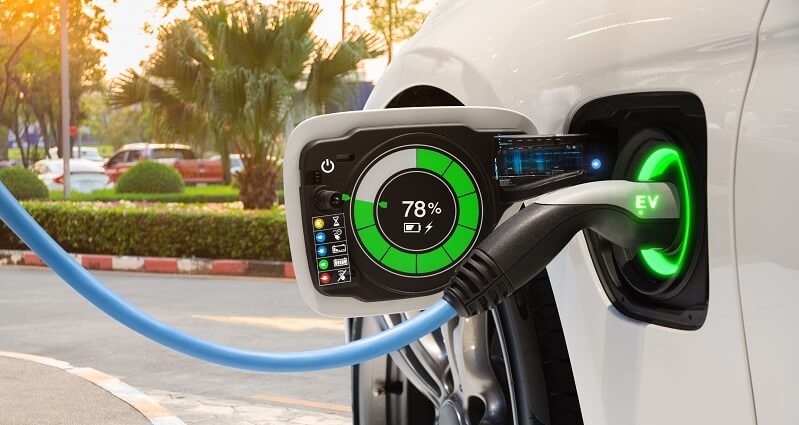The transportation industry accounts for up to a quarter of the world’s energy consumption and carbon emissions, making them one of the main contributors forenvironmental pollution and global warming.
Despite the presence of an estimated 1.2 billion cars plying the world’s roads, governments and private institutions are searching for ways to mitigate the damaging impacts of these transportation modes.
The focus is slowly shifting to sustainable forms of transportation, which minimizes carbon emissions and pollution. To do your share in saving the planet, below, find out more about thedifferent forms of eco-friendlycommuting.
What Makes A Sustainable Transportation?
- Doesn’t Contribute To Pollution: The modes of transportation included in this article don’t emit smoke that can further contribute to air pollution.
- Eco-Friendly Materials: The manufacturing sector is another major contributor to carbon emissions and greenhouse gases. Some of the items on the list below are made from repurposed materials. You can also check epicbicycles.com for an extensive guide on choosing the perfect bike for you.
- Requires No Fuel: An eco-friendly mode of transportation should not rely on non-renewable energy sources, like fossil fuels.
- Low Running And Maintenance Costs: Because eco-friendly transport doesn’t require fuel and frequent replacements of spare parts, it costs almost nothing to operate.
If you want to reduce the damaging impacts of vehicle emissions, consider the following eco-friendly modes of transportation:
#1 Bikes

Biking is one of the most popular forms of sustainable transportation. Apart from taking you from point A to point B, using a bike is highly beneficial to your health. An efficient form of cardiovascular exercise, kicking the pedal can help tone your muscles and strengthen your core. To learn more about bikes, click here for more information.
Some bike frames are made from bamboo and other repurposed materials.
As an eco-friendly transport, it emits zero carbon and can travel long distances. The only downside is that it can’t protect you from the elements and potential injuries.
#2 Monowheels
The first known model was invented in 1931, but various modifications have been made throughout its history. In futuristic movies, it’s often seen looking like a gyroscope. Monowheels often rely on an external force for movement, but there are pedal-powered units that look more streamlined as compared to other models.
Monowheels, which look like their close relative, the unicycle, are also environment-friendly, being that they don’t emit smoke. If you’re interested in using an electric monowheel, make sure you have great balancing skills.
#3 Electric Vehicles

There are three major classifications of electric vehicles available today. These include plug-in hybrid electric vehicle (PHEV),battery electric vehicle (BEV), and fuel cell electric vehicle (FCEV).
Of the three, the fuel cell vehicles may be the best choice, as they exhibit the best fuel economy, travelling up to 400 miles with a fully filled tank.FCEV and BEV rely solely on electricity. They don’t need petroleum-based fuel and generate zero tailpipe emissions. On the other hand, PHEV, commonly dubbed as hybrid cars, can run on electricity and gas.
Whileother governments have been pouring resources to develop electric vehicles, others are slow to adapt because they lack the technologies needed to develop and manage them.
#4 Hybrid Cars
As mentioned, hybrid cars use both electricity and gas to operate. When driven by electricity, the vehicle doesn’t emit any smoke. With fuel, its technology allows for maximum fuel efficiency and minimal emission.Hybrid vehicles have high carbon dioxide mitigating properties,making them perfect for travelling within the city.
The downside? These types of vehicles are said to be less efficient than conventional vehicles and require charging stations.
#5 Skateboards
Skateboarders are mostly found in parks and other public places. They can be seen skating in converse shoes, performing various tricks, flips, and more. But, skating is more than just a recreational activity. It wasn’t until recently that it gained a wide recognition as a sport. In fact, skate boarding will make its Olympic debut in the up-and-coming 2020 Tokyo Olympics.
Skateboards come in diverse shapes and sizes. Besides traditional user-driven boards, there are modern, electric-powered units available on the market. Also, you can purchase a skateboard and any of its accessories through online sellers, like this Onewheel retailer. When in a pinch, you can ride these handy carriers to travel short distances.
What About Walking?
When you think about it, walking is still the best way to reach specific short-distance destinations. Like biking, it’s a good form of exercise. Walking has attached health benefits. It’s fast and convenient, especially if you’re stuck in traffic and need to reach your destination as soon as possible. Just make sure you don’thave an interview shortly after arriving.
If you need to walk for more than a few miles, however, it’s better to rely on other means of transport.
The Bottom Line
Sustainable means of transport generates minimal to zero pollution, and one which doesn’t require extensive use of resources to operate. Because of the technologies and costs involved, not all governments and private sectors are active in developing sustainable means of commuting. Still, some nations are looking to streamline their public transport policies to reduce emissions, while providing enough means to address their people’s transportation needs.







